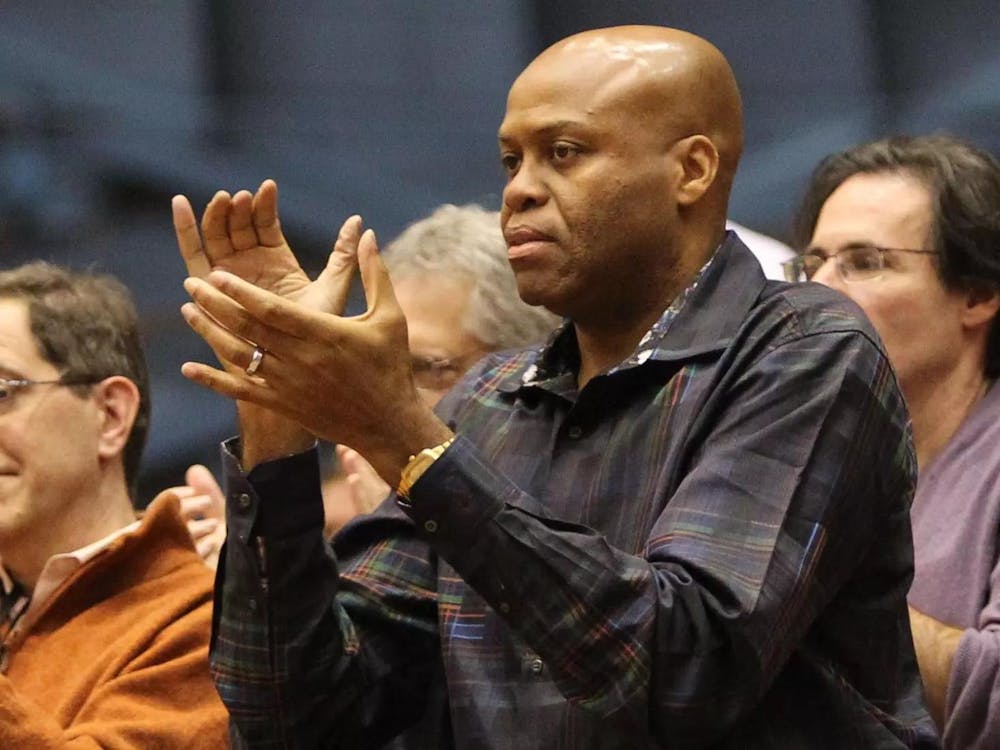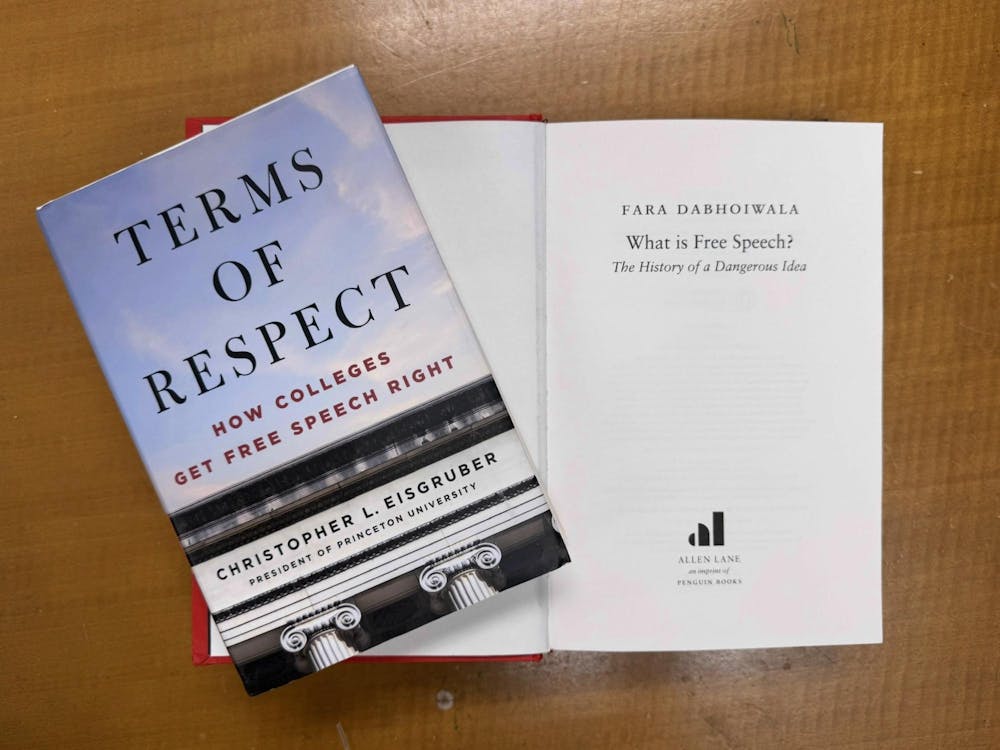All in one sitting, students today can contact a professor who is never in his office, get a message to a high school friend at Stanford and purchase discount airplane tickets.
And they do it all without picking up a phone, and certainly without licking a postage stamp.
Princeton, like most American institutions of higher education, has embraced e-mail and has not looked back. Though still considered a novelty as few as five years ago, e-mail has become a firm fixture in daily affairs.
Today, the University provides e-mail service to more than 13,500 registered users with more than 80- billion bytes worth of electronic messages stored.
Just last February, a new mail server was installed that services more than 8,000 users daily "with near-instant response," according to Daniel Oberst, director of enterprise services at CIT.
As a preventive measure, plans are being developed to install a redundant second server that will function concurrently with the existing machine. Should the first server stop working unexpectedly, "the secondary system will automatically take over the load," Oberst explained.
University e-mail has evolved extensively since its first appearance on campus in the late 1970s. It was a quiet entrance, as campus users could only connect electronically with each other.
In the early 1980s, the University adopted Bitnet, a "cooperative educational research network" that connected users to those at other schools as well as to fellow campus users, said CIT spokeswoman Rita Saltz.
But Bitnet was still a small presence on campus and users had to specifically request their own account. It was not a service used by most students, Saltz said.
Within a few years, the University started assigning an individual user account to each member of the student body and faculty.
And in the summer of 1998, the University adopted the current e-mail system, powered by Netscape software.
"I get about a million e-mails a day," Jenna Steinhauer '04 said. "I really can't imagine being in college without e-mail."

But before the era of e-mail, Princeton students did manage to find ways to communicate.
Former USG President Don Lu '88 GS '91 described — via e-mail, of course — the state of electronic communication during his years at Princeton.
"There were a handful of computers (Macs) that you had to stand in line for at the computer center. Definitely no e-mail, at least not for mainstream students," Lu wrote.
Without the aid of mass e-mails, the USG and other organizations had different methods to keep the student body informed. "We spammed with posters on colored paper," Lu explained. "Organizations that wanted to announce meetings or events paid the outrageous prices for ad space in the 'Prince.' "
"We all read the 'Prince' cover to cover," he added. "Is that still the case?"
Like student organizations, University academic departments also conducted their affairs in a less tree-friendly manner before e-mail became widely available.
History department manager Judy Hanson said distributing bulletins to faculty and department majors through campus mail was tedious and inconvenient.
"We did everything by hard copy. We had to photocopy mass notices and stick them in individual mailboxes," she said.
For students, e-mail has proven to be an essential part of college culture — for contacting professors and keeping in touch with family and friends.
Members of the University faculty also reap the benefits of the efficient new system of communication.
"It is of course an enormous timesaver," Hanson said, explaining that e-mail allows the department to communicate more efficiently with faculty on leave, keeping them updated on daily campus affairs.
Professor Michael Mahoney, a history department representative, agreed that the main advantage of e-mail was the time factor. He said he appreciates the opportunity to carry on a conversation even when the other party is not available — an extremely useful feature when dealing with professors' and students' busy schedules.
"I prefer e-mail to phone calls because I can think about my response," he said.
Mahoney and Hanson also said e-mail simplifies the process of getting messages to the large groups of departmental majors.
Mahoney emphasized, however, that communication with students by e-mail, while a useful way to stay connected, is "no replacement for office hours."
The widespread use of e-mail seems to have another welcome, if sometimes overlooked, effect. Students and University departments use far less paper for correspondence, largely because of the efficiency of e-mail in sending out bulk notices.
Skip Plank, director of printing and mailing services at CIT, explained that "many of the student notices, for example, previously sent out by print mail now go via mass e-mail."
But for most University students, any environmental benefits are of secondary importance. For them, e-mail — an avenue of communication that has made time and distance mere incidentals — has become about as novel as the U.S. Postal Service.
"Except for my bills, I get all my important information through e-mail," Erica Hahn '04 said. "I find myself checking my e-mail every five minutes."







